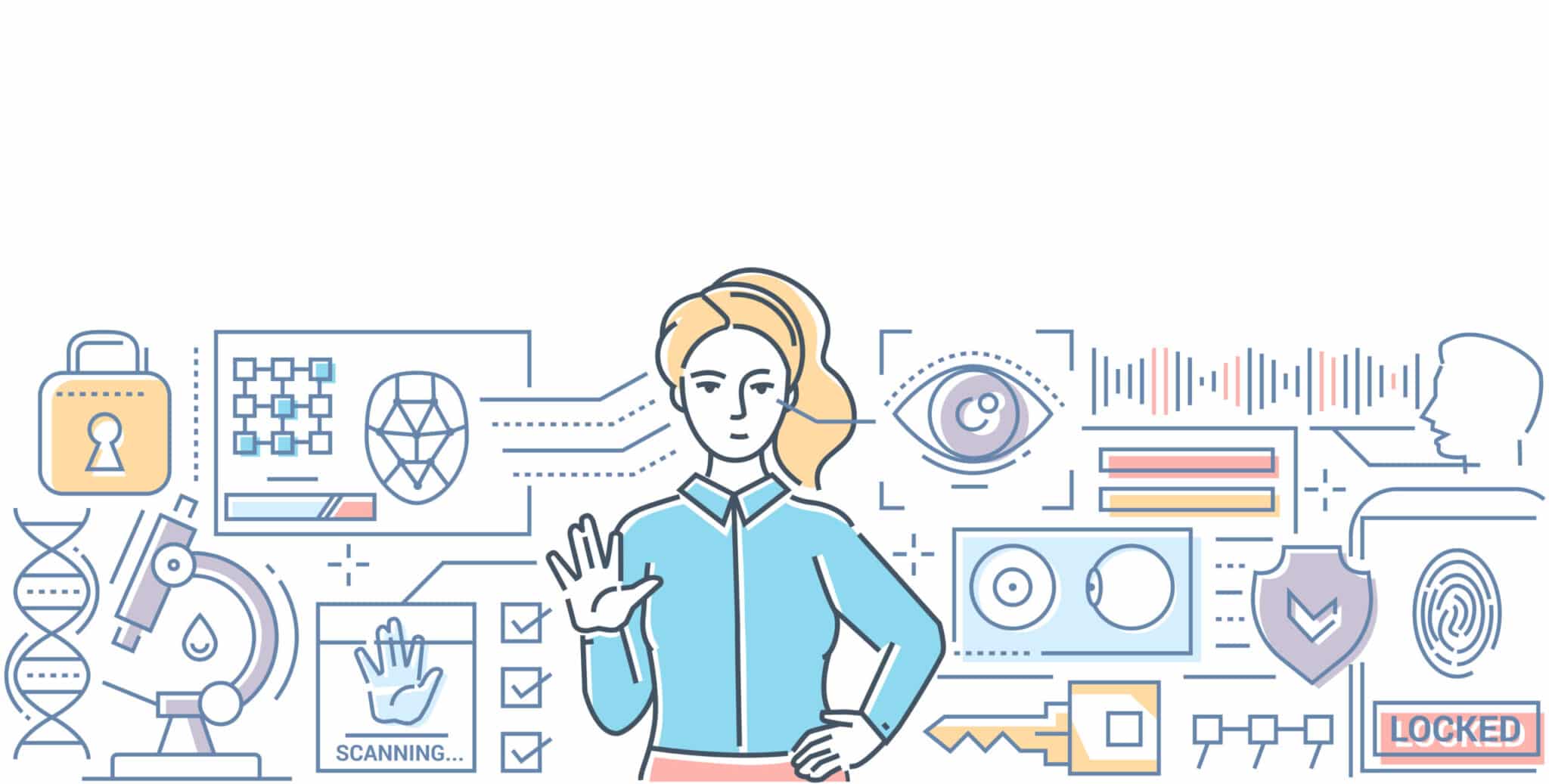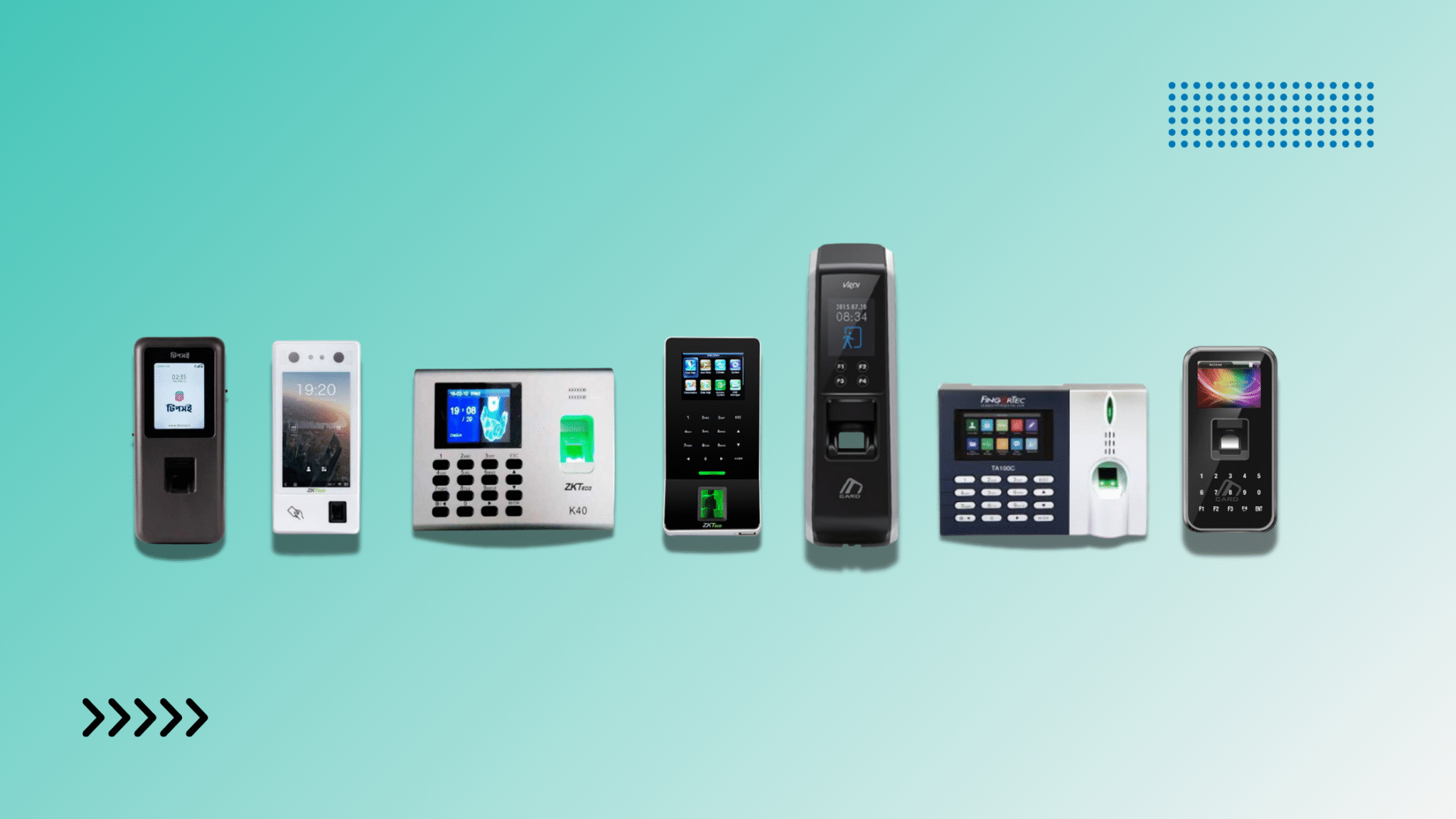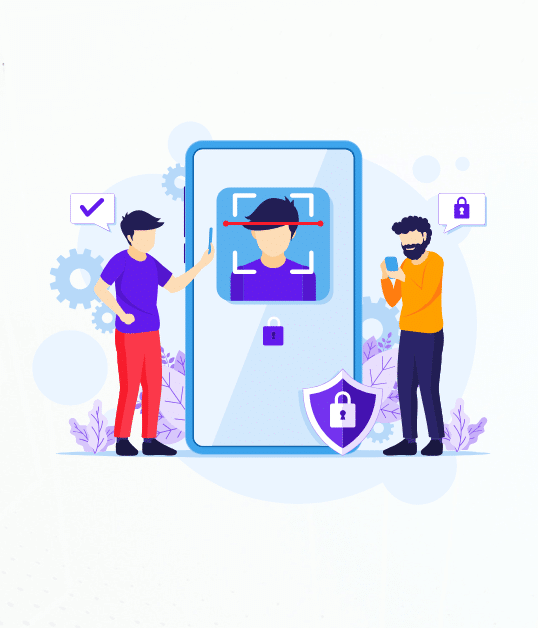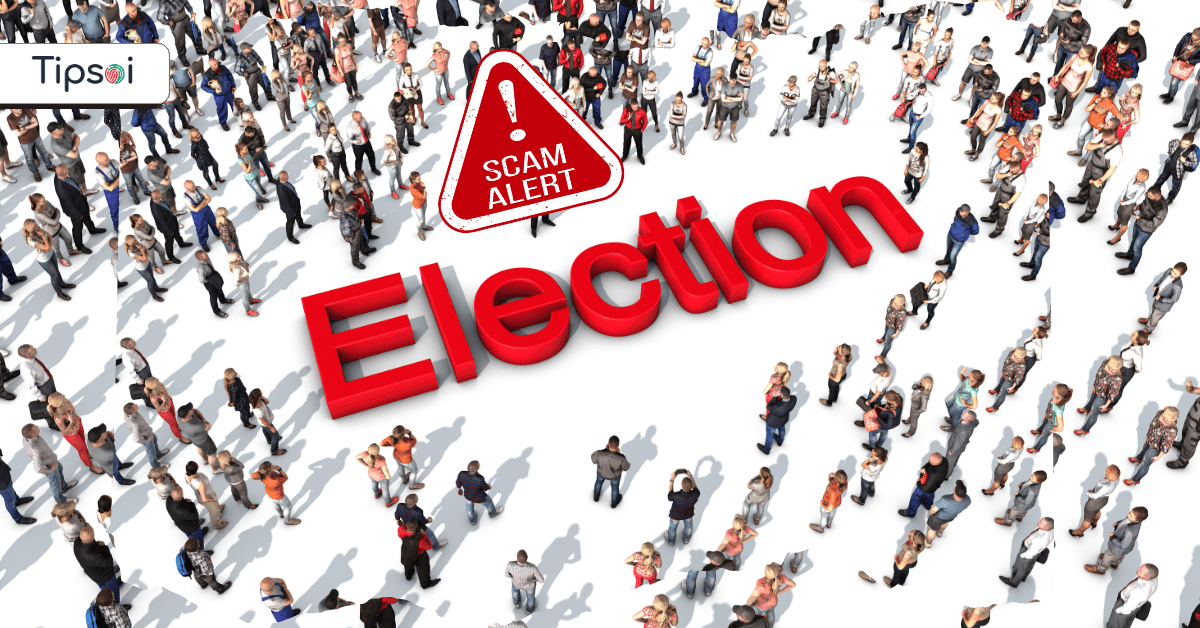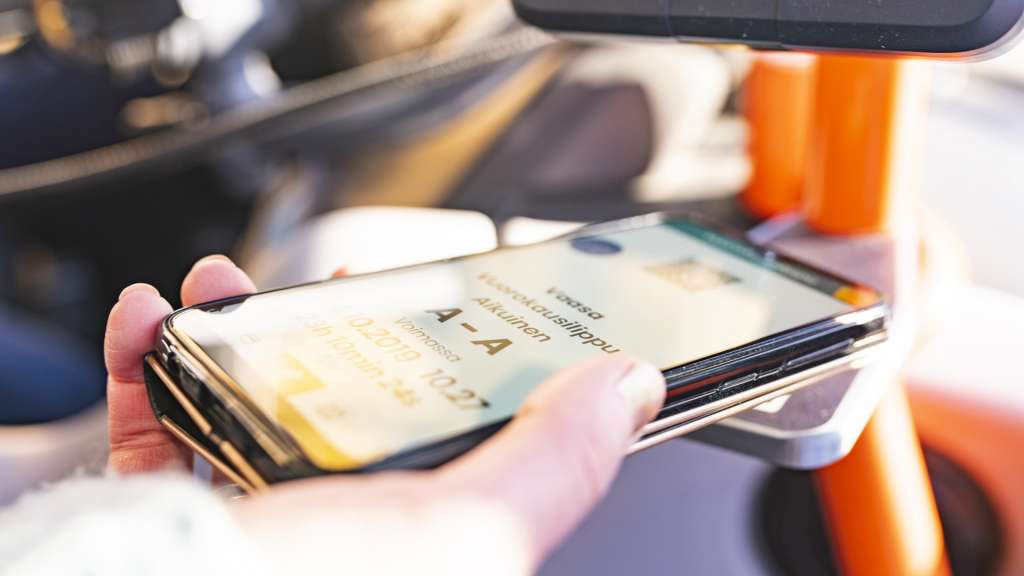An interactive customer journey map shows the steps that your customers take, when they connect with your business. It shows the steps and experiences a customer goes through from the first time they interact with your brand to the time they keep doing so.
Picture this: It’s 2021, and a whopping 70% of online shoppers are abandoning their carts. That’s like walking into a bakery, drooling over the pastries, and leaving empty-handed! What gives?
To understand “why,” you need to know about the customer journey map. It can give you the power to make sure your customers are happy.
Cracking the Customer Journey Map Code
“Start with the customer experience and work backward to the technology.”
– Steve Jobs
That’s doubly true today. Happy customers aren’t just a bonus; they’re the lifeblood of any thriving business. A Forbes study even found that positive experiences can lead to a significant boost in customer spending!
But how do we crack the code to those happy experiences through Customer Journey Map?
- A customer journey is the unique path someone takes with your company, from first “hello” to reaching a specific goal.
- A customer journey map is the visual story of that experience, highlighting key touchpoints, emotions, and opportunities to wow (or, ahem, disappoint).
Think of it like plotting a road trip, but instead of scenic overlooks, you’re pinpointing moments of delight and frustration. Done right, it’s less “Are we there yet?” and more “Let’s do this again!”
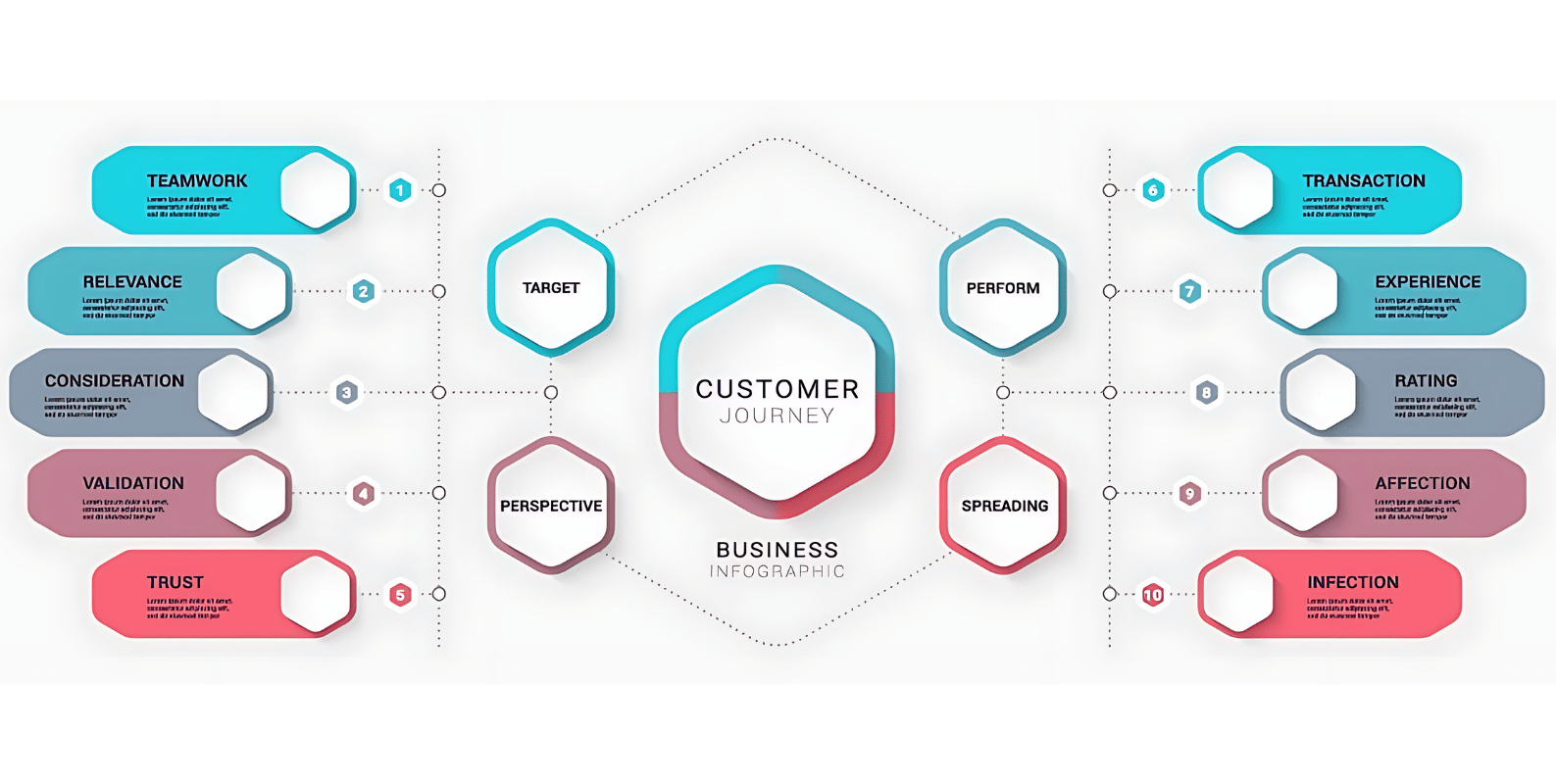
Why Creating a Customer Journey Map Matters: More Than Just Pretty Pictures
Before you dismiss this as another marketing buzzword, let’s crunch some numbers:
- Improved customer experience: Aberdeen Group found companies using journey maps see a 10x improvement in the cost of customer service. Additionally, brands that manage customer journeys experience 21% year-over-year growth while brands that don’t engage with customer journey maps actually experience a decline at -2.2%.
- Increased sales: Many top marketing leaders were polled by Salesforce, and 67% said that connecting the customer path across all connections and platforms is very important to the success of their total marketing strategy. But only 23% of marketers are “extremely satisfied” with how well they can use customer data to make events more useful.
- Boosted retention: It can be anywhere from 5-25 times more expensive to get a new customer, depending on the study you look at and the business you’re in. That makes sense. You don’t need to waste time and money looking for a new client; all you need to do is make sure the one you already have is happy. Frederick Reichheld of Bain & Company (the author of the net promoter score) did research that shows raising customer retention rates by 5% increases earnings by 25% to 95%. If you’re still not sure how important it is to keep customers, look at this study.
See? Happy customers don’t just feel good. They pay well, too, and journey mapping can lead to these improvements.
But hold on, a map for everyone is a map for no one. It’s about understanding specific customer personas and their unique needs. That’s where data comes in.
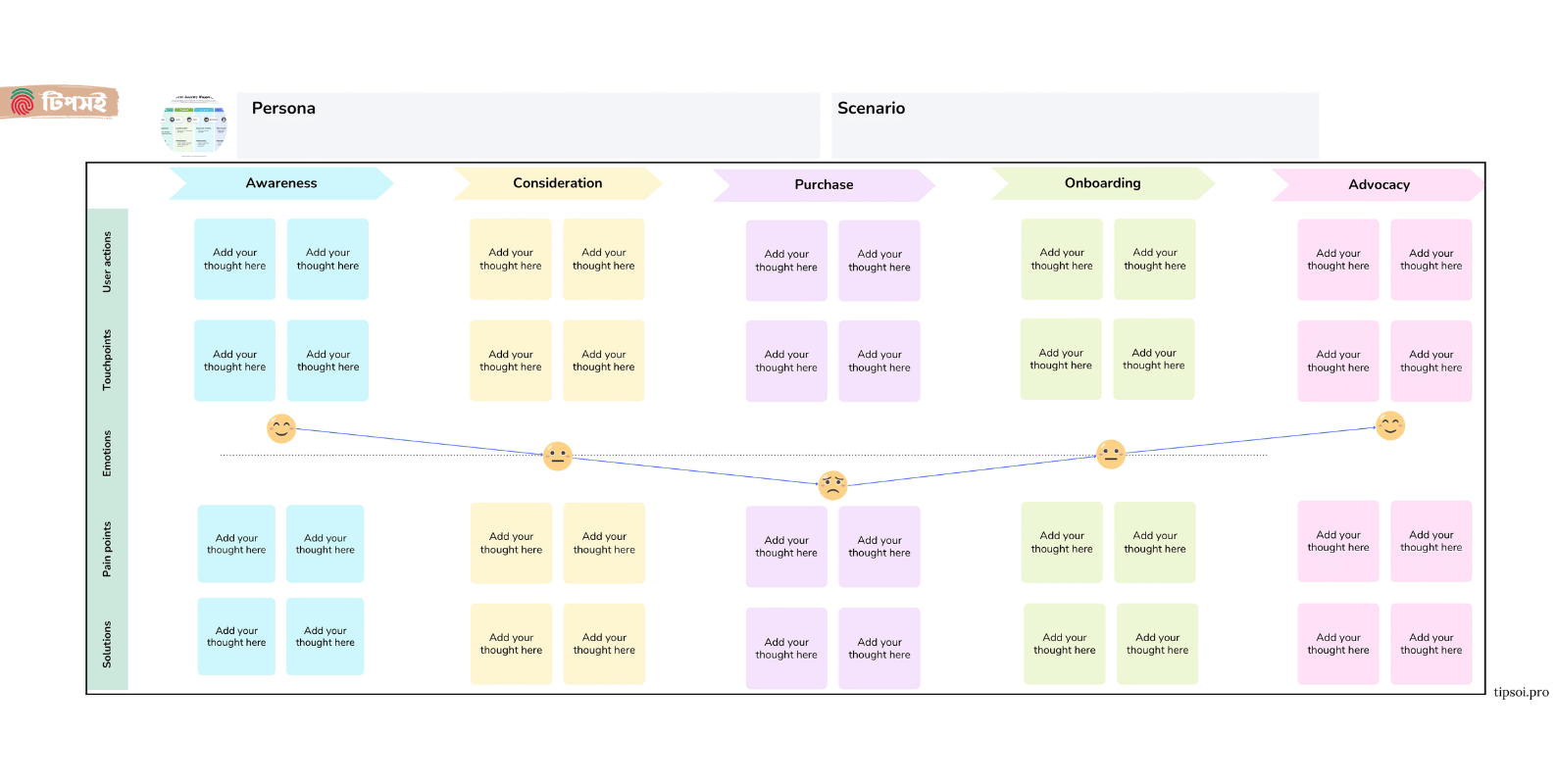
The Data Detective: Uncovering Hidden Insights
It is not about guessing when you journey map; it’s about hard evidence.
- Surveys and feedback: What are customers saying about their experience?
- Analytics: What are they doing on your website, app, etc.?
- Social listening: What are they sharing about your brand online?
By combining these, you get a 360° view, revealing pain points you might’ve missed and opportunities you didn’t know existed.
For example, let us say that your stats show that a lot of people leave their carts empty on a certain product page. This is what a trip map can show:
- Is it confusing? Maybe the product description is not sufficiently clear.
- Is it too expensive? Maybe making a payment plan available would help.
- Is it a technical glitch? Now is the time to call in the help of IT experts!
Suddenly, you’re not just fixing a symptom. You’re addressing the root cause.
From Map to Magic: Real-Life Transformations
Let’s look at a couple of real-world examples:
IBM:
With over 350,000 employees, they used AI-powered virtual assistants based on journey insights to handle HR queries, freeing up their team for strategic work. Talk about scaling efficiently! (Source)
Spotify:
Improvement in User Engagement: Numbers like a 30% rise in music-sharing activities are not given directly, but journey mapping is talked about in a number of case studies and pieces as a way for Spotify to improve user engagement. (Source)
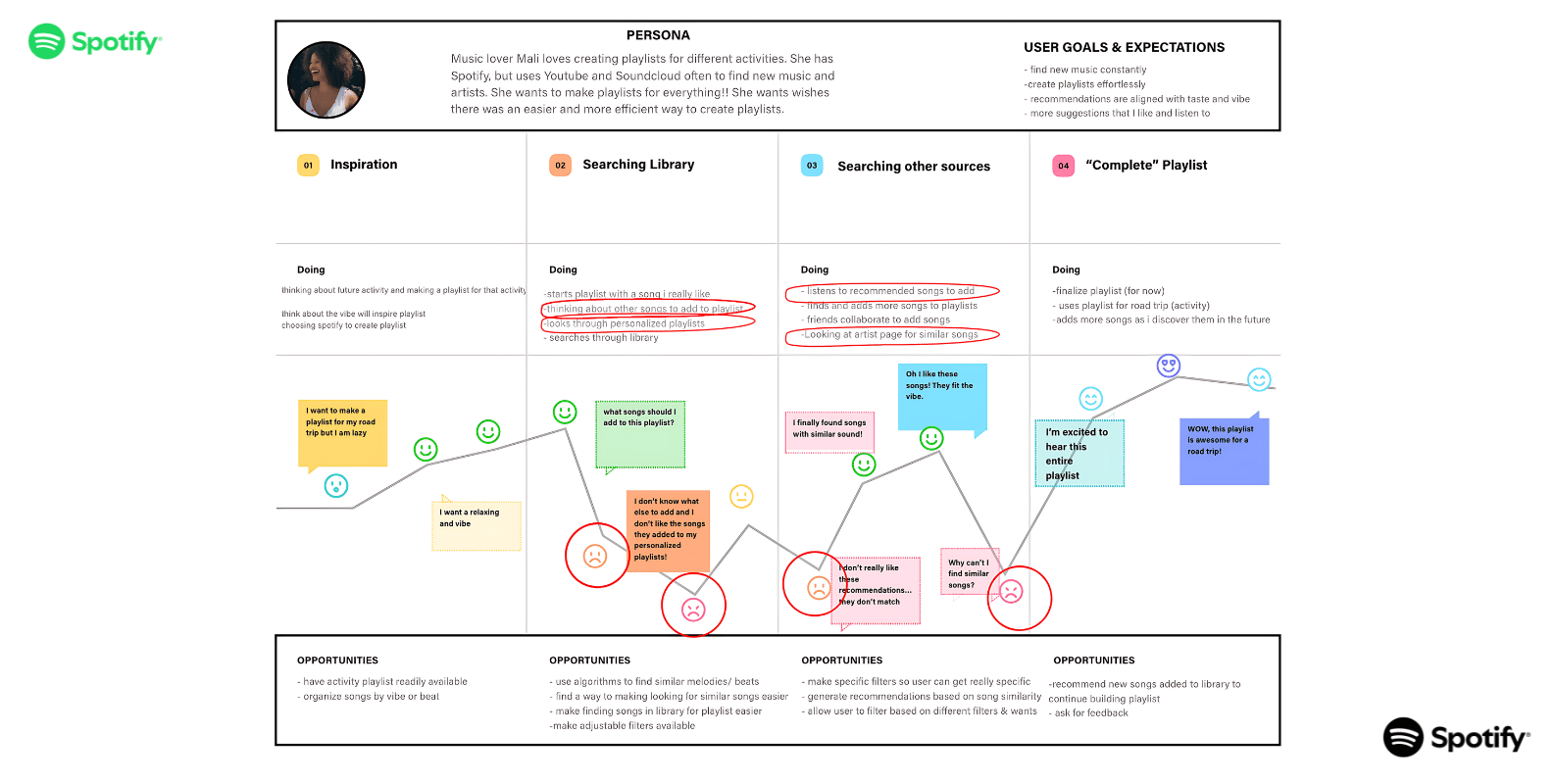
Starbucks:
A digital customer trip map was made by Starbucks to see how people use their mobile app and services in-store. The company said that mobile orders surpass 30% of all transactions at U.S. shops, up from 27% the year before. This shows that there has been a big rise in mobile orders. (Source)
These aren’t just isolated cases. Businesses across industries are reaping the rewards of journey mapping, from startups to giants like Netflix and Amazon.
Mapping Your Way to Success: Key Takeaways
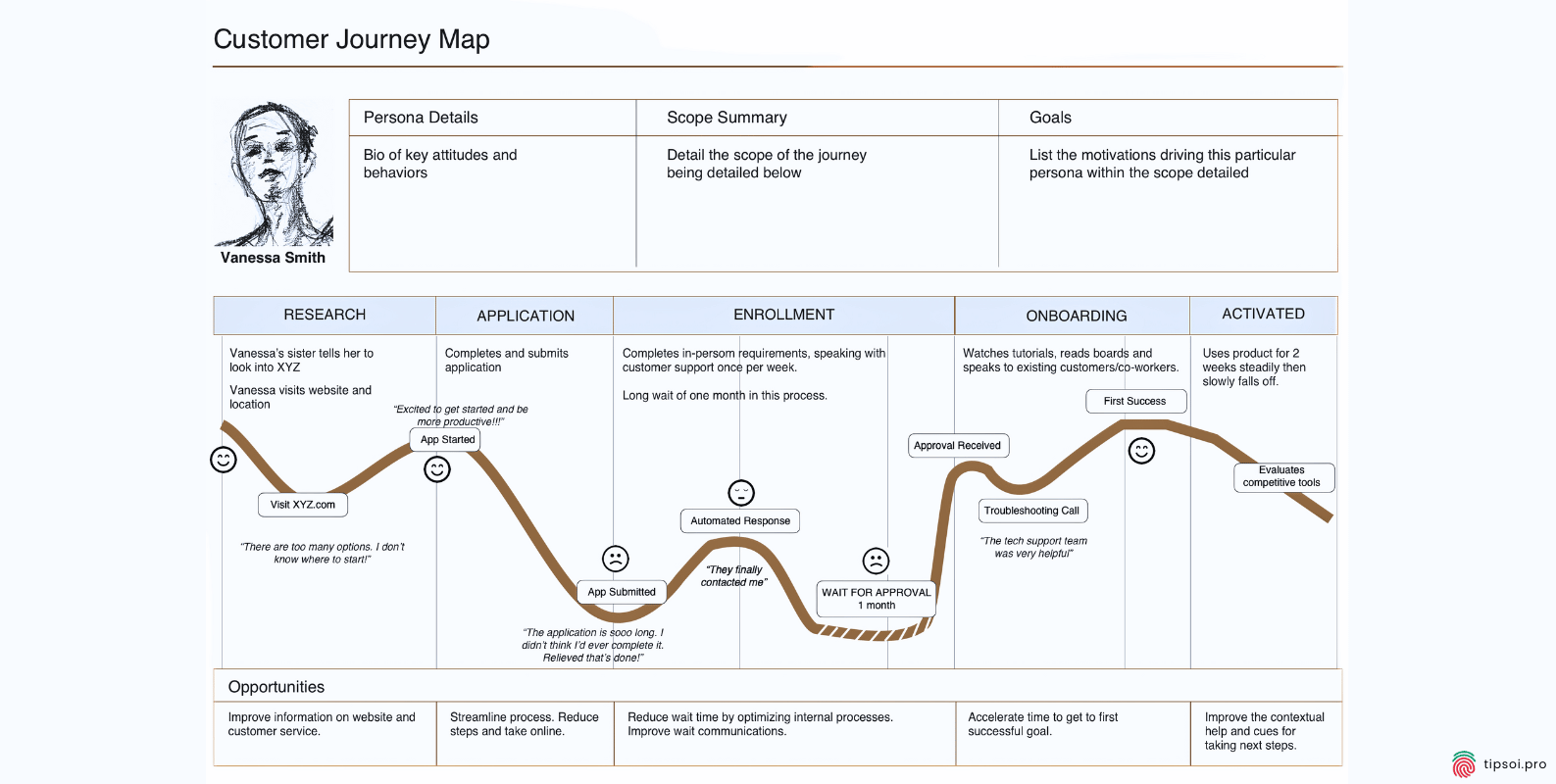
- Customer-centricity is king: Put your customers at the heart of everything you do.
- Data is your best friend: Use it to uncover hidden insights and make informed decisions.
- Collaboration is key: Involve multiple teams to get a holistic view of the customer experience.
- Iteration is essential: Journey maps aren’t static; they evolve as your customers do.
So, are you ready to step into your customers’ shoes and walk a mile on their journey? It might just be the most profitable stroll you ever take.
